Celebrating our Partners in Pollination for Pollinator Week
This week, we celebrated National Pollinator Week. Initially designated in 2007 by the U.S. Department of Agriculture and the U.S. Department of the Interior to raise awareness of declining pollinator populations. We shared facts and infographics across our social media. If you missed any of them, see the facts below! Also see our list of resources at the end of this post, including books available for purchase in our Nature Book Store!
Bees
- Honeybees aren’t the only ones who pollinate-1 alfalfa leafcutter bee can do the job of 20 honeybees!
- Honeybees ventilate the honeycomb by beating their wings—without this, the wax & honey would flow freely
- The buzz you hear is the bees flapping their wings at 11,400 times per minute!
- According to One Green Planet, bees’ pollinating services are worth $19 billion of U.S. crops (2010), making up about one-third of everything we eat. Want to help #SavetheBees? Reduce use of herbicides & pesticides, plant floral plants, or visit : http://www.michiganbees.org/about/clubs/ for beekeeping workshops and local events in your area
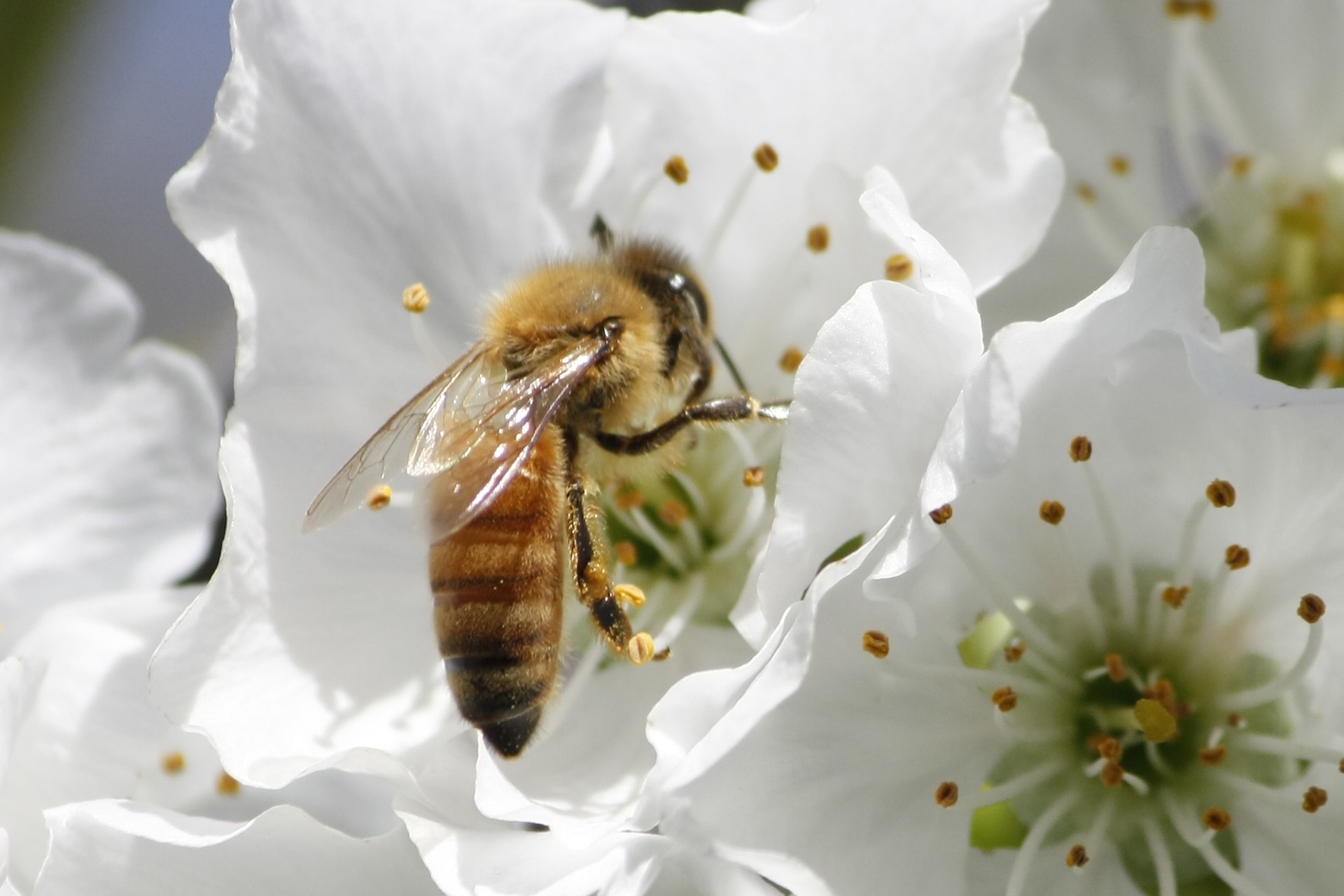
Hummingbirds
- Some Ruby-Throated hummingbirds migrate all the way from Canada to Costa Rica
- These colorful hummingbirds feed on nectar & insects, as well as sugar-water
- You might spot a Ruby-Throated Hummingbird in Michigan—they are the only breeding hummingbird in eastern North America. Attract these green & red birds by planting tubular flowers or mixing 1 quarter cup of sugar per cup of water for them to feed, but be sure not to use any food coloring!
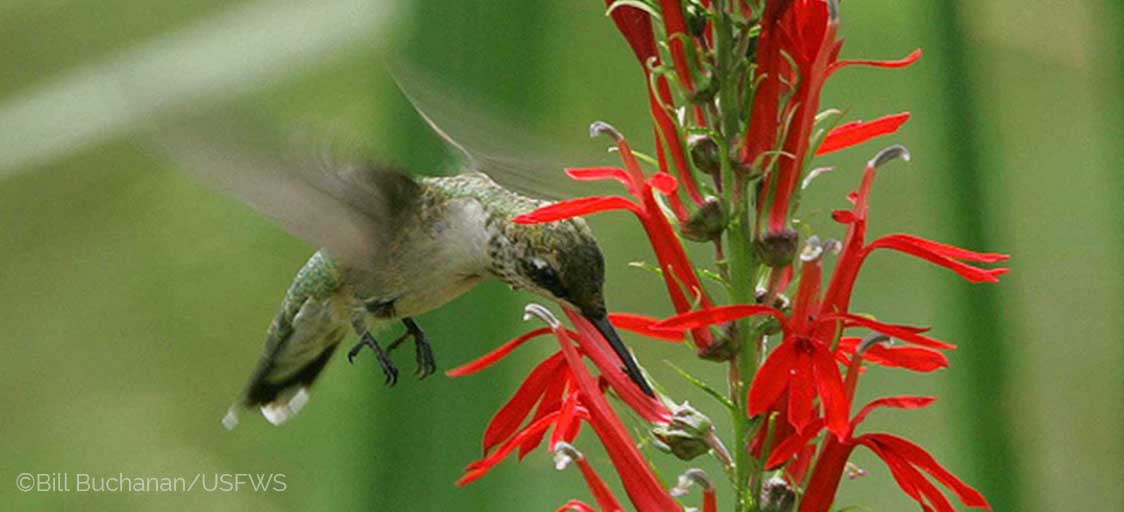
Butterflies
- Butterflies and moths indicate a healthy ecosystem. There are over 250,000 butterfly species in the world, over 45 species in Michigan alone
- Monarchs LOVE milkweeds—they feed on nectar, as well as other flowers like lilacs, and also build their cocoons on these plants
- Check out http://www.bringingnaturehome.net/what-to-plant.html for what to plant to attract butterflies, as well as our Pinterest board under Pollinator Week
- A healthy ecosystem makes the world go ‘round—and butterflies, as well as moths, are indicators that all is well. With well over 45 species that can be found in Michigan, you can see these beautiful butterflies pop up in your garden. Be sure to plant both host plants, which acts as a home, and nectar plants, providing food for the butterfly.
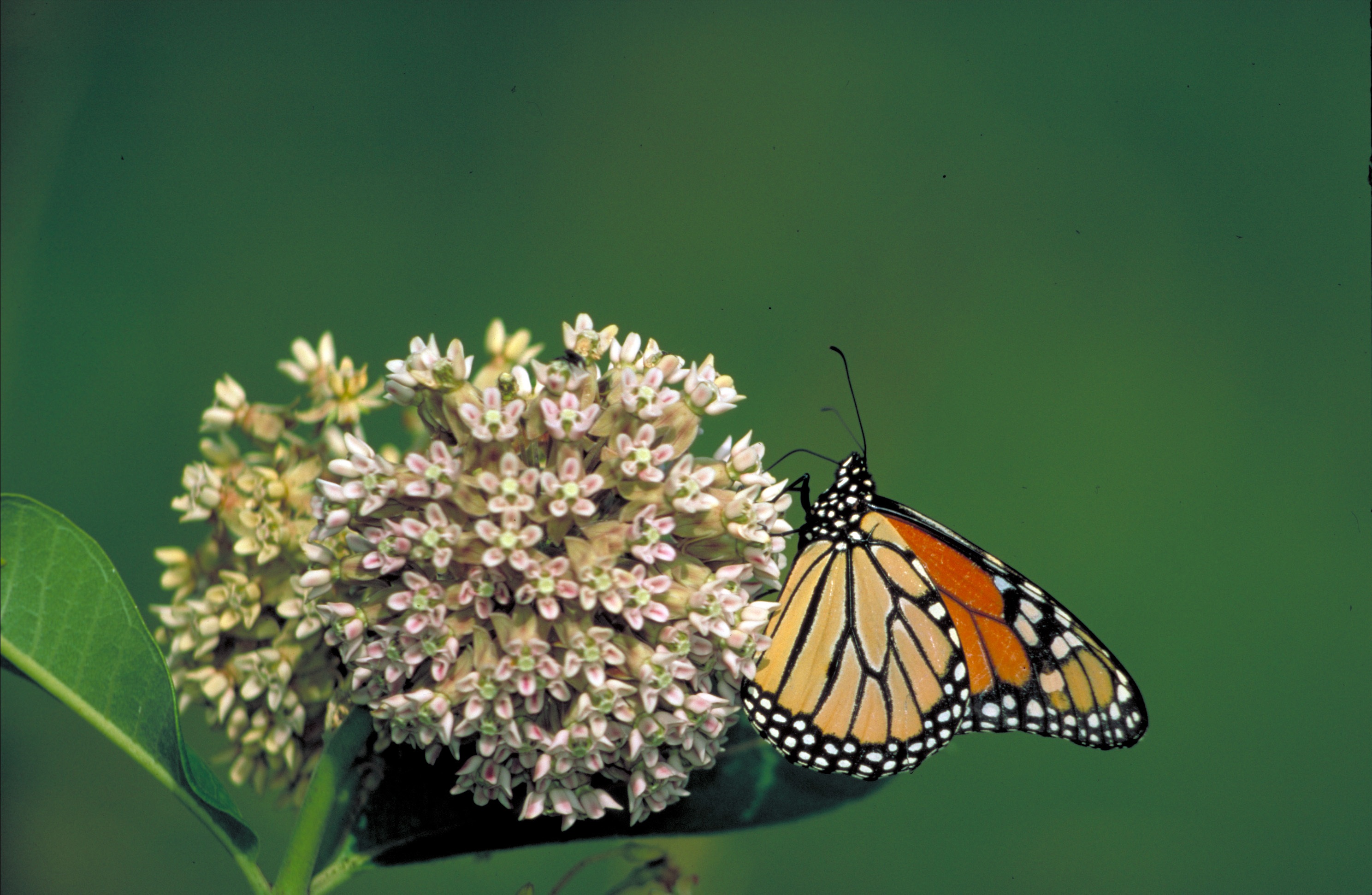
Garden/Pesticides
- Lay down corn-gluten meal to prevent new weeds from popping up, or mulches free of PVCs.
- Compost and brush piles benefit both birds & bats-see our #PollinatorWeek Pinterest board for more info!
- An easy way to help all of our #PollinatorPartners in need is to reduce pesticide use. Implementing natural alternatives, like corn-gluten meal, will greatly increase the efficiency of pollination by providing healthier homes for all of these critters. Another way to help out is to plant native plants, which compete well with emerging weeds in your yard, check out MSU’s page to learn more, as well as our own! http://nativeplants.msu.edu/
https://www.michiganaudubon.org/bird-friendly-plants/
Bats
- Did you know bats help pollination too? Bats eat their own weight in insects every night, including mosquitos, but eat fruit and nectar as well.
- How to safely remove bats in your home, contact the local rescue https://batworld.org/local-rescue/ or check out this: http://www.batcon.org/index.php/resources/for-specific-issues/bats-in-buildings/there-s-a-bat-in-my-house
- Meet our neighbors of the night at Cranbrook’s Summer Bat Walk tonight at 9pm: http://science.cranbrook.edu/calendar/2016-06/summer-bat-walks-0
- Did you know bats help pollination too? They play an important role in our ecosystem by spreading seeds, pollinating plants, and controlling insect populations. There are 9 bat species, including the Big Brown Bat, found in Michigan—they feed exclusively on insects. Learn more at: http://www.crittercatchersinc.com/critters/bats/MI_bat_species.html
- Bats like to nest in buildings because their own habitats are being destroyed. If you have an unwanted bat in your building, do not call Animal Control! Follow the Bat Conservation’s steps to Bat Removal: http://www.batcon.org/index.php/resources/for-specific-issues/bats-in-buildings/there-s-a-bat-in-my-house
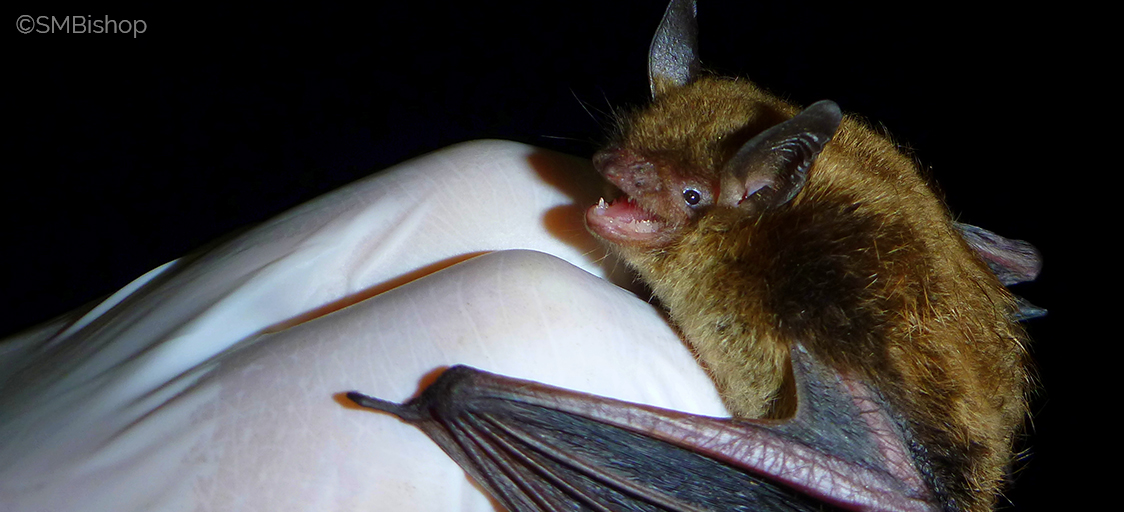
Birds
- Baltimore and Orchard Orioles like to be around river edges and open woods, eating insects, fruits, nectar, and pollen. Look for them in leafy trees, parks, and backyards.
- Want to attract Orioles to your garden? Just slice an orange in half and set it outside, they’re also huge fans of jelly
- Baltimore Orioles arrive here in Eastern North America in the springtime. These chirpy, burnt-orange birds love to be in the tops of trees of open woods, as well as by the river’s edge. They mostly eat insects, fruit, and nectar. These Orioles have a “sweet beak”—set out a halved orange or small amounts of jelly to attract them to your yard.
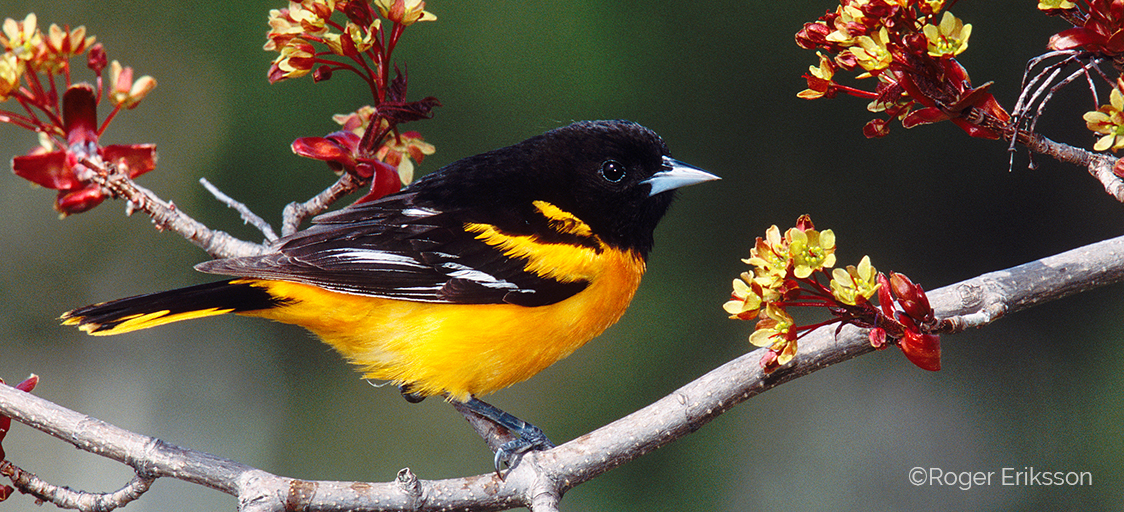
Wrap-Up
Birds, bees, butterflies, and bats all make our ecosystem go ‘round by their pollination power. Remember to help them by planting native plants and reducing pesticide use. To learn more, check out the books below, all available in our bookstore! Call 517-580-7364 to order.
- Attracting Native Pollinators by Eric Mader, Mace Vaughn, and Matthew Shepherd
- Insects and Gardens by Eric Grissell
- Caterpillars of E. North America by David Wagner
- Beginner’s Guide to Bats by Rob Miles
- Bringing Nature Home by Doug Tallamy

